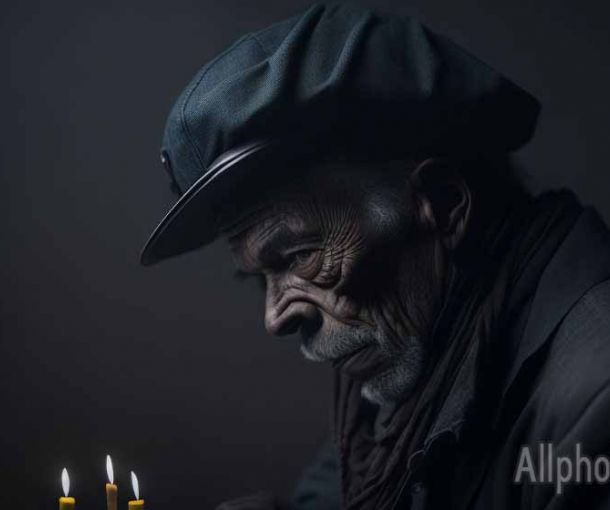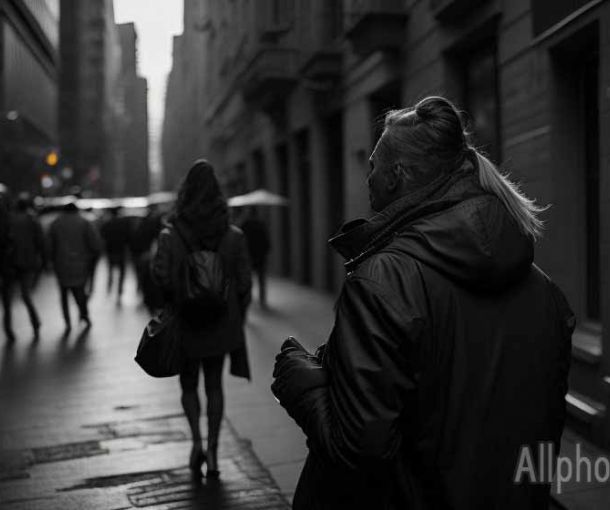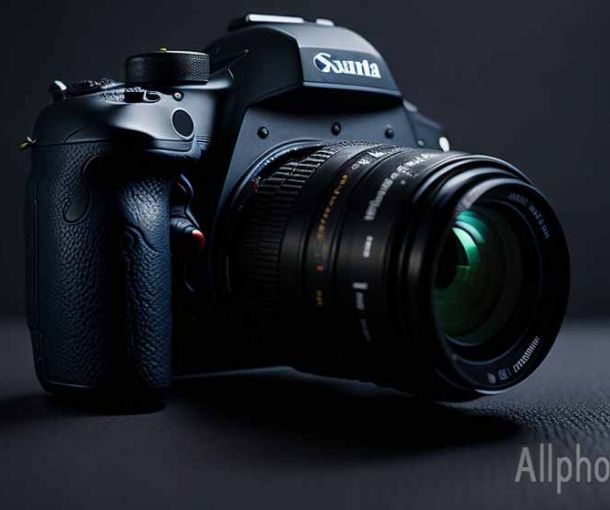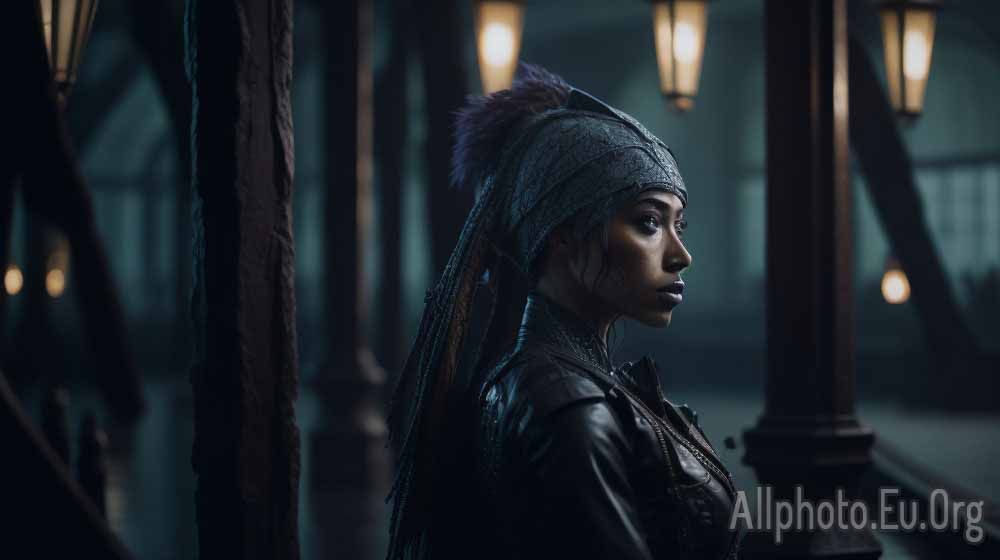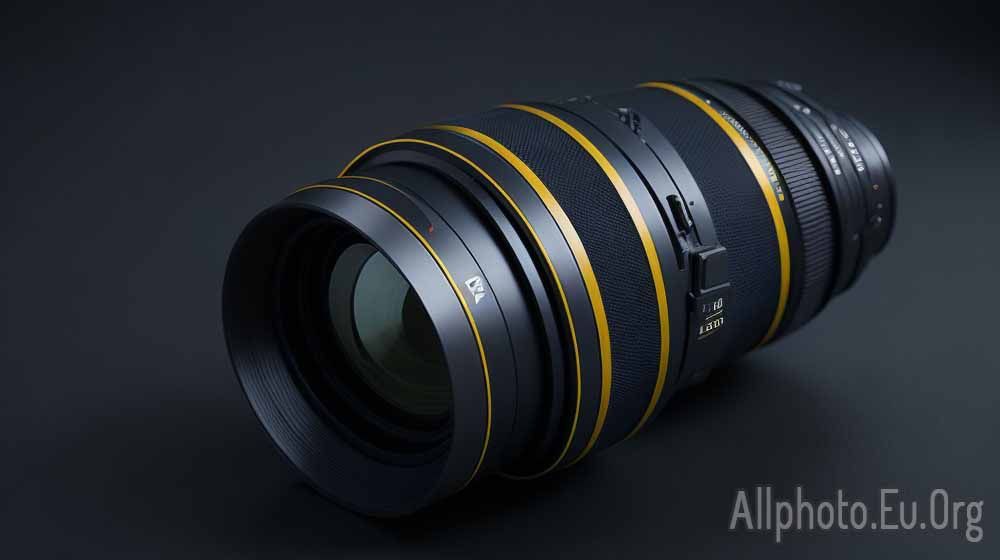Creating Dynamic Photos with Leading Lines

Photography is a visual art that enables photographers to capture a moment in time and create an image that tells a story. Leading lines are an essential element in photography that can make a photo more dynamic and visually appealing. In this article, we'll discuss what leading lines are and how to create dynamic photos using them.
What Are Leading Lines?
Leading lines are a compositional technique in photography that uses lines to draw the viewer's eye towards the main subject of the photo. They can be straight or curved, horizontal or vertical, and can be found in various natural or man-made environments. Leading lines serve to guide the viewer's attention towards the focal point of the photo, creating a sense of depth and dimension.
Leading lines can be used in many different ways to create dynamic photos. They can be used to create a sense of motion or to lead the viewer's eye towards a specific point in the photo. They can also be used to create a sense of scale or to create a contrast between the foreground and the background.
How to Create Dynamic Photos Using Leading Lines
Creating dynamic photos using leading lines requires a little bit of practice and creativity. Here are some tips to get you started:
-
Look for Leading Lines
The first step to creating dynamic photos using leading lines is to find them. Look for lines in your environment that can be used as leading lines. For example, a fence, a road, a river, or a bridge can all be used as leading lines.
-
Use the Rule of Thirds
The rule of thirds is a basic principle of composition in photography that involves dividing the frame into thirds both horizontally and vertically. The main subject of the photo should be placed along the lines or intersections of the grid, creating a sense of balance and harmony. Using the rule of thirds with leading lines can create a more dynamic and visually pleasing photo.
-
Use Perspective
Perspective can also be used to create dynamic photos with leading lines. Shooting from a low angle can create a sense of depth and dimension, while shooting from a high angle can create a sense of height and scale. Experiment with different angles and perspectives to see what works best for your photo.
-
Play with Depth of Field
Depth of field refers to the range of focus in a photo. A shallow depth of field can create a sense of depth and dimension, while a deep depth of field can make the entire photo appear in focus. Play around with the depth of field to see how it affects the leading lines in your photo.
-
Experiment with Color and Contrast
Color and contrast can also be used to create dynamic photos using leading lines. For example, a bright yellow line against a dark background can create a striking contrast that draws the viewer's eye towards the focal point of the photo. Experiment with different color combinations and contrasts to see what works best for your photo.
-
Edit Your Photos
Editing your photos can also help you create dynamic photos using leading lines. Use editing software to adjust the contrast, brightness, and color of your photo to create a more visually appealing image. You can also crop the photo to remove any distractions or to create a more focused composition.
Examples of Dynamic Photos Using Leading Lines
Here are some examples of dynamic photos using leading lines:
- A photo of a road leading towards the horizon with a bright blue sky in the background.
- A photo of a bridge leading towards a city skyline with a dramatic sunset in the background.
- A photo of a train track leading towards a mountain range with a misty morning sky in the background.
- A photo of a winding river leading towards a forest with a colorful autumn landscape in the background.
Conclusion
Creating dynamic photos using leading lines is an essential technique in photography. By using leading lines to guide the viewer's eye towards the main subject of the photo, you can create a sense of depth, dimension, and movement that make the photo more visually interesting and engaging.
Remember to experiment with different angles, perspectives, and compositions to find what works best for your photo. Play around with color and contrast to create striking images that capture the viewer's attention.
In conclusion, leading lines are a powerful tool in photography that can be used to create dynamic and visually engaging photos. With practice and creativity, you can use leading lines to enhance your photos and tell a story that captivates your audience.
Tags
Latest Articles
Most Read
All Tags
Subscribe
Donate
Please consider supporting our efforts.
© 2023 All-Photo.Cf All rights reserved.
